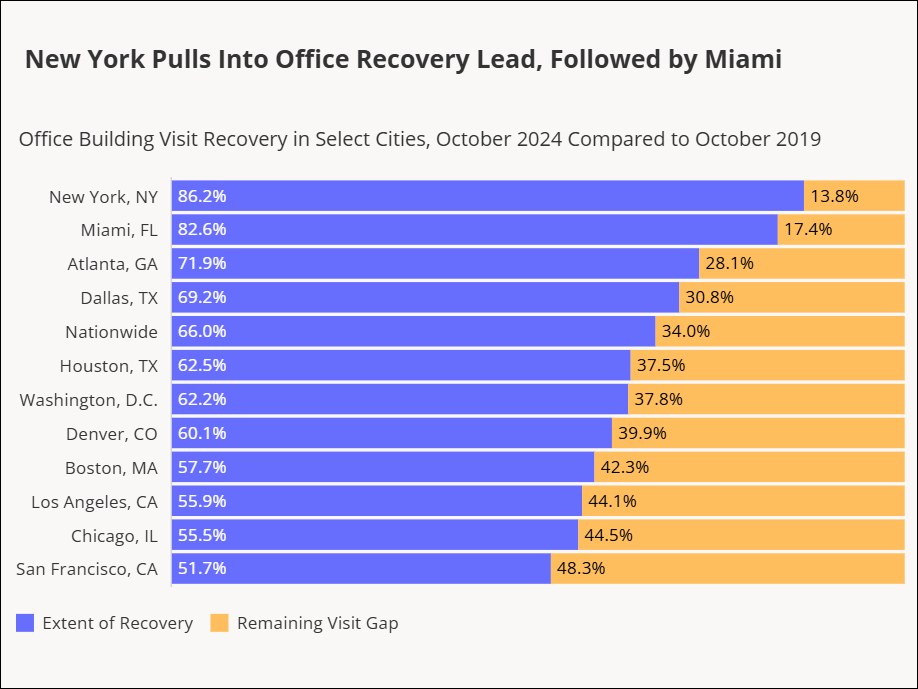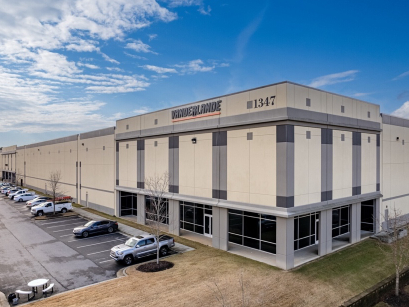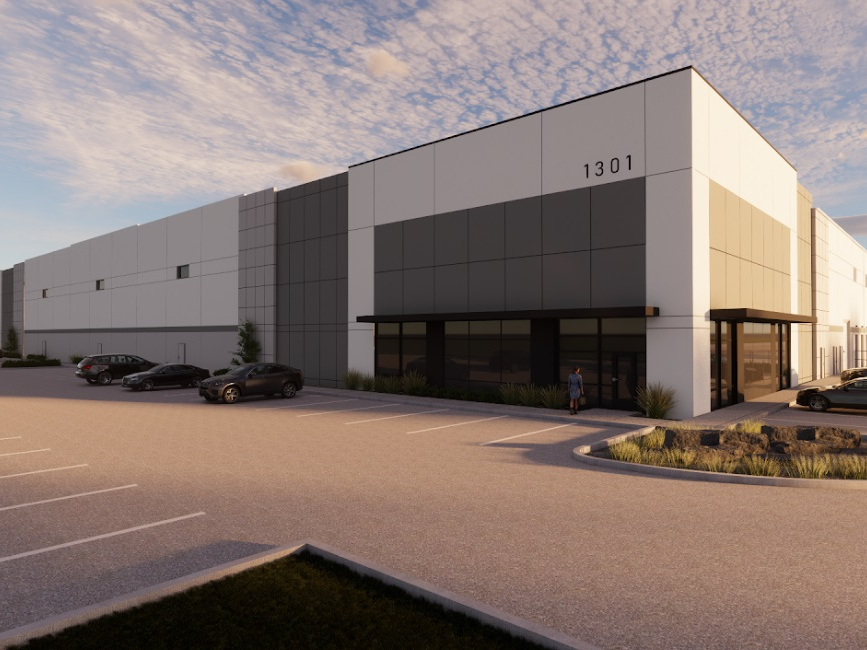NAIOP: Industrial Outlook 2017
How the consumer economy is impacting warehousing and distribution space.
By Scott Baltic, Contributing Editor
Herndon, Va.—Net industrial space absorption this year is likely to equal last year’s, though absorption could slow by 2018, according to the new first-quarter 2017 NAIOP Industrial Space Demand Forecast. It predicts that quarterly net absorption will average about 64 million square feet, or a level similar to that of 2016.
Net absorption in 2018 could, however, slow to about 57 million square feet per quarter, although “given uncertainty regarding federal policies and their effects on the overall economy, this figure could be revised substantially.”
The consumer economy appears to be “very healthy” and “shows signs of steady improvement,” the report sums up. Hiring and wage growth have remained steady since 2015, and rising stock and home prices seem to be boosting consumer spending. The report indicates that consumer products and e-commerce distribution will likely remain the largest generators of demand for industrial space this year. All that said, the “wildcard” behind the U.S. economy and industrial real estate is the manufacturing sector, where the Trump administration “appears to be committed to spurring growth,” following a period when many companies reduced production and cut employees, the report says.
The industrial report is based on a model run by Dr. Hany Guirguis of Manhattan College and Dr. Joshua Harris of the University of Central Florida.
A lot of industrial markets are experiencing a supply shortage, as new development lags demand, Harris told Commercial Property Executive. The primary constraints on new supply, as in other CRE product types, he said, are capital markets and regulatory issues, such as the final credit risk retention rules adopted under Dodd-Frank in late 2014. One of the biggest trends in industrial space, Harris said, remains e-commerce, and it’s driving demand especially for properties in “last mile” locations that are crucial for fast, even same-day delivery by companies such as Amazon.
The report notes that some areas of concern remain in the U.S. economy, most prominently the risk of higher-than-expected inflation and resulting increases in interest rates.
Whether, how long and how strongly the “Trump Bump” will last is a big question hanging over the economy, Harris emphasized, though he thinks the odds are better than even that the NAIOP forecast will have to be revised upward. He points to a “big spike in optimism,” as evidenced by consumer confidence, business confidence, hiring, the stock market and an expectation of deregulation.








You must be logged in to post a comment.